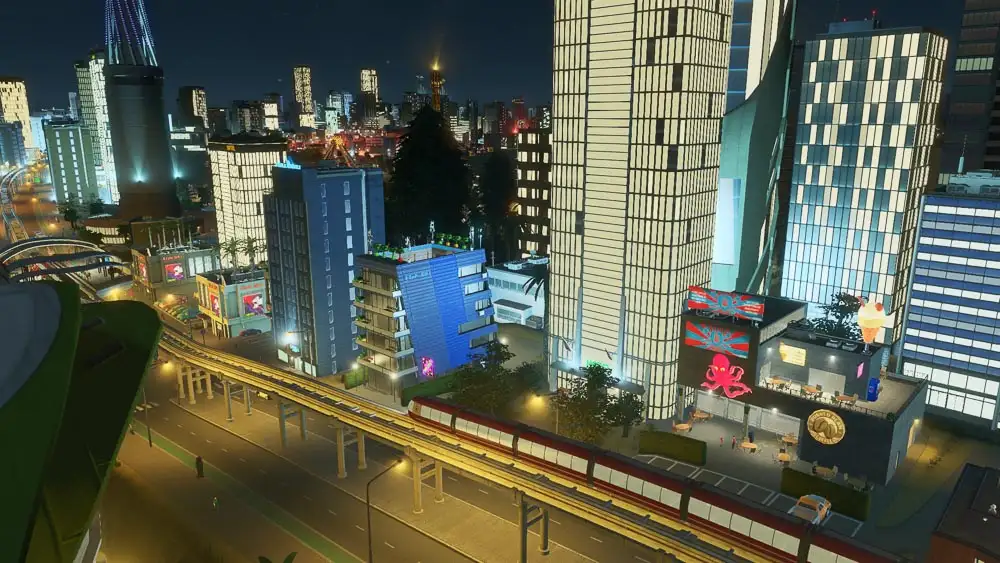 Mass Transit is the fourth expansion for Cities: Skylines and is often the one people recommend getting first. It’s pretty easy to see why.
Mass Transit is the fourth expansion for Cities: Skylines and is often the one people recommend getting first. It’s pretty easy to see why.
It’s one of the meatier expansions and launched with a major free update that overhauled traffic management including giving granular control over intersections and transit lines. Four new transport types and hub buildings are among the other headliners. But is it worth your time and money? Let’s find out!
What’s new in Mass Transit?
Cities: Skylines is at its deepest when simulating traffic. Getting things moving smoothly and efficiently around the city is the most challenging aspect of the game. Having a bunch of new ways to solve problems and get creative is therefore welcome.
Beyond the free stuff (more on that later), the paid part of the DLC brings four new public transport types - monorail, ferries, cable cars and blimps. There are three new maps, three scenarios and other bits and pieces like wider canals.
Five hub interchanges make major contributions to the efficiency of your networks, and the pack also includes three new unique buildings, including the Locomotive Halls museum which I always enjoy putting opposite the city’s central station.
Monorails, blimps, cable cars and ferries
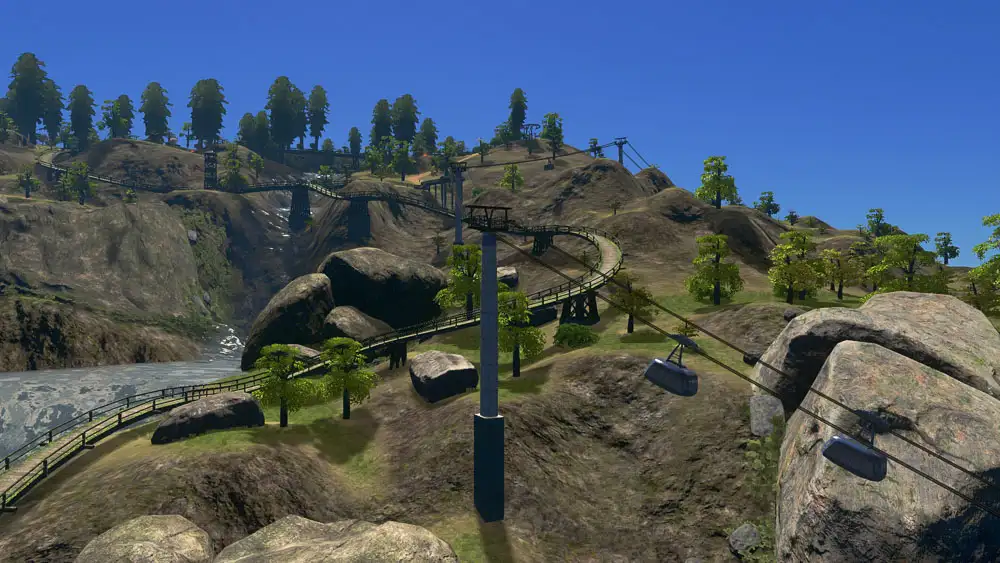
The new transport types are the main attraction, and justifiably so. They all look great and fill gaps in the base game. That said, they don’t actually replace any existing transport type or do the same job better. That’s actually a good thing, although it can feel a little underwhelming at first. The monorail is like an overground metro in terms of its stats and performance, but visually it fills a totally different role and therefore suits different parts of your city.
The cable cars, blimps and ferries are all low capacity options. Try to use them on major commuter lines and their limitations become immediately apparent. Blimps, especially, have a low limit on passenger throughput that’s determined by how long it takes for them to land and takeoff.
Same with cable cars, where you can easily reach a hard cap on throughput. It’s either enough capacity or it’s not.
But that’s not really the point. The existing metro and train systems offer all the capacity you could need and the new types don’t need to replace that. What they do instead is give you options. More on that next…
Are the new transport types worth it?
Being a bit niche, the new public transport opens up opportunities to creatively react to complicated terrain. When I first started playing the game, I enjoyed working on wide open maps where I could build a sprawling, gigantic metropolis unbound by geography. But after I’d got that out of my system, I was much more drawn to maps that would force me to work around hills and rivers.
Those cities feel a lot more organic and easier to ‘complete’. They feel defined by where they are. Mass Transit gives you a lot of tools to bring those cities to life by choosing what feels like the ‘right’ answer for each neighbourhood.
The tropical city I made on the Archipelago map is a good example. It needed a high capacity transit system to move its 40k population between islands but a metro system just felt wrong. The monorail achieves the same thing but suits the city perfectly.
Gleaming new hub buildings
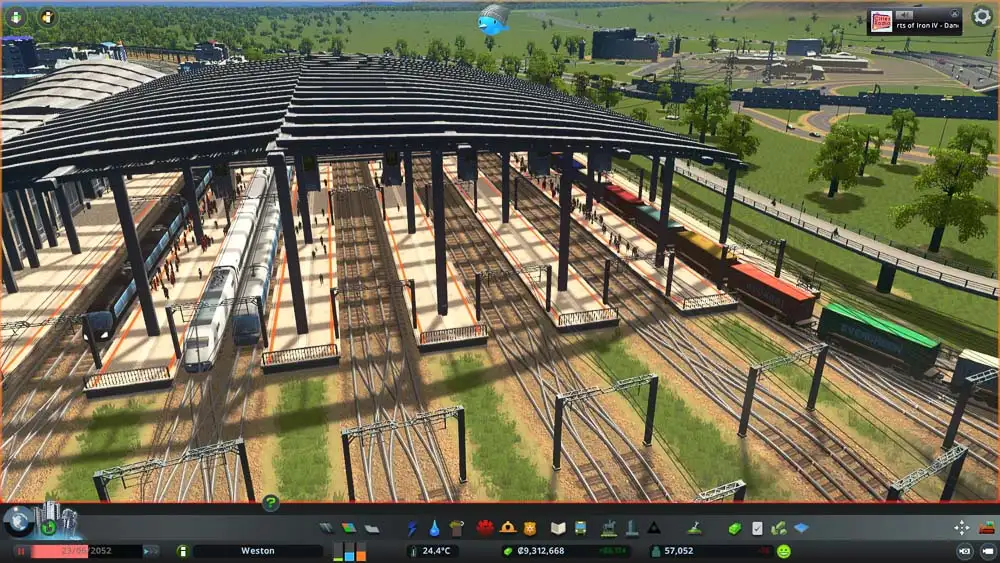
The new hub buildings really make Mass Transit shine.
The ferries and monorails both have hubs with a rack of bus stops. There are two 12 platform/6 line train stations - a terminus and a pass through - both of which have a metro station underneath (not that you’d know it from the name or tooltip!) and an interchange that accepts a metro, two monorail lines and two train lines.
Aside from looking great and being satisfying to use, the hubs are brilliant for traffic management. Your cims don’t need to leave the building to change transport mode meaning they don’t hold up traffic by crossing roads and they have even less incentive to whip out their ‘pocket cars’ for the rest of their journey.
They’re also really good value. The monorail bus hub, for example, is pretty much half the price of the Bus Station added in After Dark. And although they take up a ton of space, the new train stations offer 6 lines and a metro connection for the same upfront cost and lower upkeep than a basic train station and metro separately.
A long list of free stuff
The free patch that released alongside Mass Transit greatly improved the level of customisation around transport. Looking back, Patch 1.7.0 may well have been the most important one Colossal Order have released. There was control over traffic lights, the ability to add stop signs, visual aids for drawing roads, and granular control over vehicle numbers on individual lines. The game also got better at unbunching vehicles on a line. Train stations got a toggle for outside traffic, emergency vehicles would now choose a free lane to get around quicker, and unlimited soil, oil and ore mods got built in. A new underground bulldozer tool, road naming and more, as well as a gigantic list of fixes, all rolled out alongside the expansion.
Some of these were game-changing features and things, like the vehicle number control, that I’d struggle to play without.
Ultimately, Mass Transit is all about options
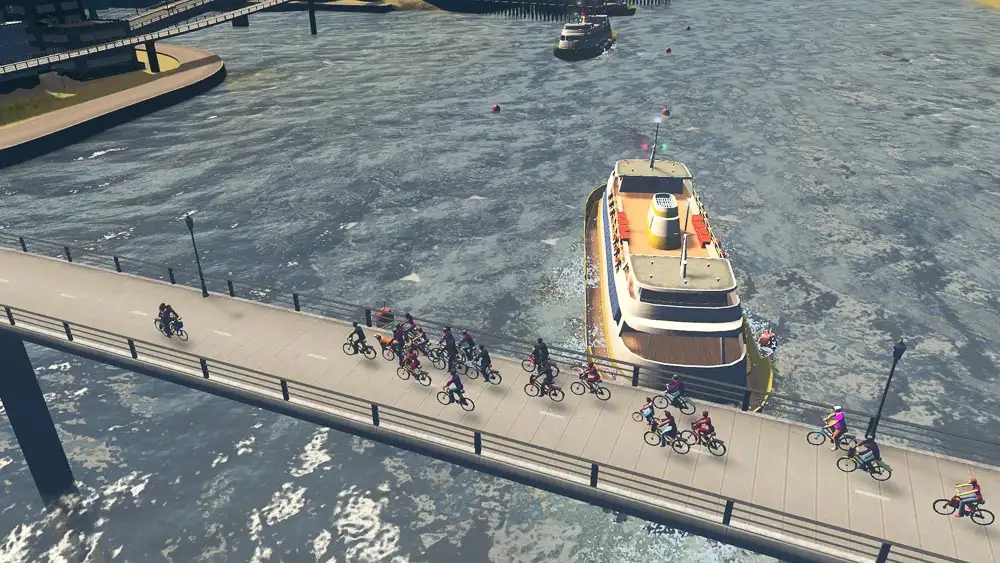
There’s two ways Mass Transit really shines. First, it gives you options. It lets you choose a niche option for a niche scenario: taking tourists up the mountain to reach the entrance of my hilltop nature reserve, for instance.
In that way, it gives you ways to be creative and solve each problem in the most satisfying way. I find I’m often most attached to - and most proud of - those unusual little routes. The second aspect is its expansion of the available hub buildings. Suddenly you’ve got ways of connecting trains, monorails, buses, ferries and metros together in ways that drastically improves efficiency and eliminates short-distance car journeys.
After Dark added the first of these hub buildings and they obviously struck a chord with the community. Personally, transport hubs - or interchanges - are among my favourite bits of the game. I just cannot get enough of efficiently connecting different levels of the transport hierarchy.
Mass Transit: is it worth buying?
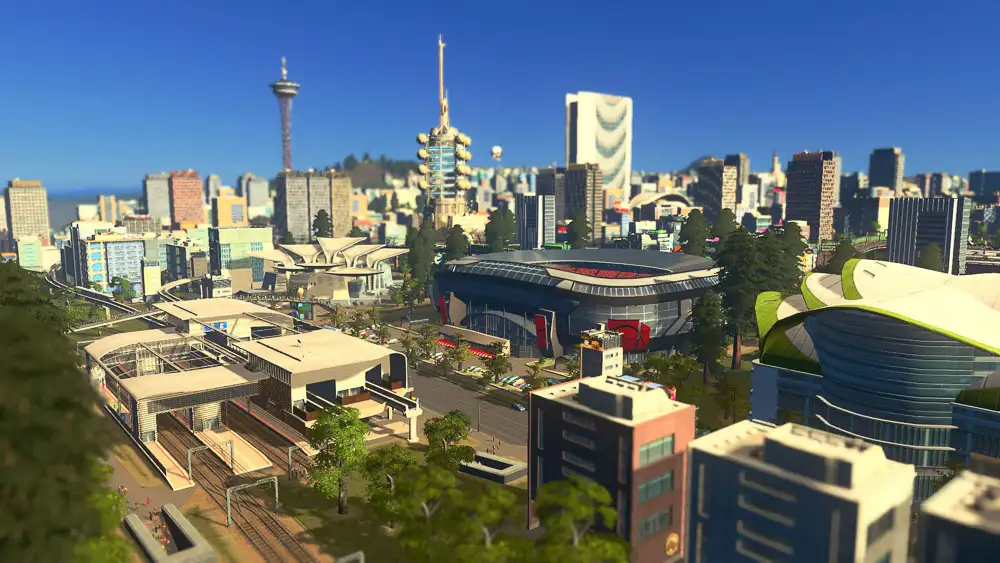
I think Mass Transit is one of the most compelling additions to the game, and alongside Parklife, the first DLC I’d suggest buying.
It’s not just the variety it adds, but the ways of linking things together. The connections are not only functionally helpful, but they are also deeply satisfying to use. The hub buildings are excellent.
And even though the new transit types are a bit niche, as I wrote about here, they are useful in almost every city. The monorail is a great alternative to the metro, and the cable car, ferries and blimps offer new ways of doing things. Just don’t expect them to handle main commuter lines.
I’m not sure there’s any downside, although if public transport really isn’t your thing, there might be other expansions to prioritise. Either way, at this stage of the game’s life, I’d suggest looking around for a sale.
Thanks so much for reading! I hope you liked the article and found it useful. If you end up buying Mass Transit and would like to support this site, you can use this link: Humble Bundle. Thanks again!